Why I feel Sahiyo’s Activist Retreat is a sacred space
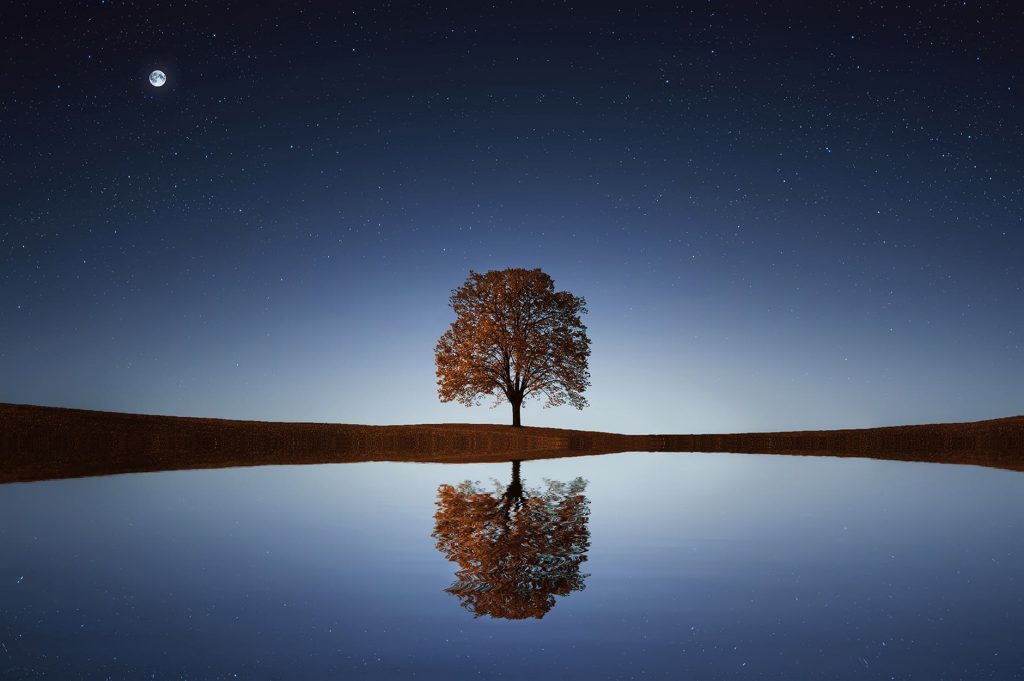
By AnonymousCountry of Residence: United StatesAge: 35 I knew that feeling of being surrounded by Bohra women, for two full days, chatting, laughing, crying and sharing experiences of what it means to be Bohra. That sense of community, that inspiration that came from hearing everyone’s stories, and that deep desire to want to make change happen for the better. I had experienced it at the first Sahiyo Retreat and was grateful to have the opportunity once again this year. The retreat is like a sacred space: a space where you can just let go, where you can heal and allow others to heal, where you can learn from each other, and together find solutions. The answers to solve problems in our community are all within, but talking to each other helps bring that clarity. I have been volunteering with Sahiyo for a few years now, and I felt that the retreat helped reinforce my commitment to continue to speak up against female genital cutting. To read more articles about Sahiyo’s Activist Retreats, click here.
How the Sahiyo Activist Retreat helped me gain perspective from other khatna survivors
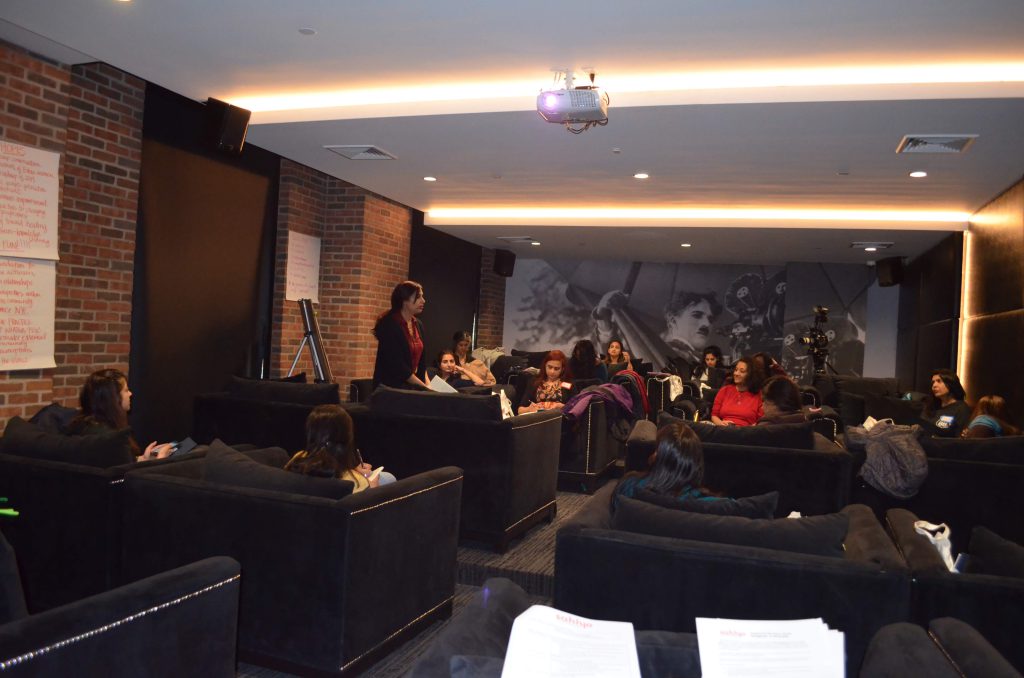
By Anonymous Country of Residence: United States Age: 32 I felt a strong need to participate in the Sahiyo 2019 Activist Retreat because I hoped to heal from my experience of FGM/C and to gain perspective from other women who had been victims of khatna as well. For the first time in my life, I openly discussed what happened to me and my own feelings about khatna. The memory of that day is still seared in my mind and will never escape me. And while I don’t truly care to open old wounds, I want desperately for survivors to find a way to move forward and stop this practice within our community. For me the retreat was an outlet to figure out how to never let this happen again. I remember when the news about the Detroit case first came out; I asked a friend of mine if she went through khatna. When she said no, I immediately thought, how lucky. The retreat gave me a new perspective on it all. Yes, she is lucky, but was it fair that she had to pretend it happened to her just to avoid repercussions for her family? After the retreat, I thought even though she was spared the knife, she still had to perpetuate a lie that every girl in our community had gone through this traumatic event. That, too, has a set of problems. The retreat taught me that issues surrounding khatna are more complicated than just making the act itself illegal. I also had an opportunity to see that women who weren’t cut still have an opinion and story to share. I believe that together, we can effect change. The retreat gave me a platform to understand how to discuss and teach others within the community to stop practicing khatna. The retreat also offered a platform to discuss solutions, whether small scale or large, and I think that is the best starting point when discussing such a heavy and complicated subject. I am so thankful to have a community of like minded women who care so much about effecting change. I look forward to nurturing these relationships and together working toward long-term, permanent solutions to ending khatna.
The unexpected gift of attending the U.S. Sahiyo Activist Retreat and connecting with other survivors
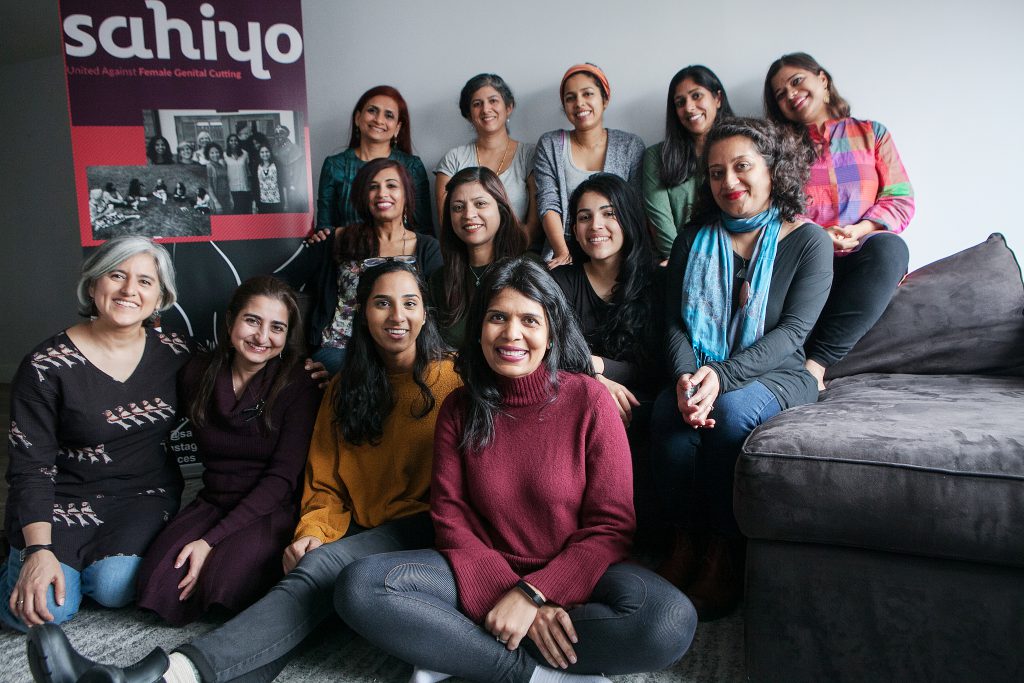
By Anonymous The Sahiyo U.S. Activist Retreat I attended in March of 2019 felt big to me. In the days after, I told people it blew me away, meaning that it occupied my thoughts as it was all I could talk about and think about for a while. There were parts of it that felt like group therapy, something I had not expected. I just had not expected how deeply moving it is for someone else to say, “That happened to me, too.” We all know that there is an entire social movement around the #metoo hashtag, but it is more than a hashtag. It felt like when you are doing an exercise, and the teacher comes up to you, adjusts you a little, and then the whole exercise changes. A lot of the time during the retreat, it felt like someone was reaching inside me and physically shifting an organ or two. For one other woman to say to me “I get a lot of urinary tract infections, too” just made me want to cry. The crazy thing is that other women have said that to me. Tons of friends have said that, but I always remembered thinking, “Ok, but you weren’t cut.” But this time, this one time, when the other woman said it, I suddenly felt a rush of gratitude and warmth and unparalleled comradery. I wasn’t crazy, and if I was, I wasn’t alone in being crazy. I just had no idea how moving it would be to be in a group where I could hear others talk about their experiences, for me to feel normal in being abnormal. I had always thought individual therapy was valuable, but I simply had no idea that a group can offer a kind of cathartic experience that is impossible to achieve by yourself. To be honest, I thought group therapy was for people who couldn’t afford individual therapy. But I was completely wrong. They are completely different and utterly valuable in their own ways. If you have been cut, and you are skeptical, and jaded, and private (like me), you can really trust that you can enter this space and never feel pressured to speak. You can speak when you are moved to speak. And even if all you do is listen, it is transformative and life-changing. In the weeks since the retreat, it also seems like I have been feeling all the feels. While I was there, it felt like a high. Even in the couple of weeks after it, I was finally openly dealing with a lot that had just been buried. I felt like I grew and stretched. I talked about it more than I ever had. But no matter what, it all still happened, and that can’t be erased. And there are moments I still feel fucked up and uneasy about it all. Maybe that is what I just have to learn — how to hold it all at the same time.
Sahiyo’s Second Annual Retreat: A Space for Healing and Reflection
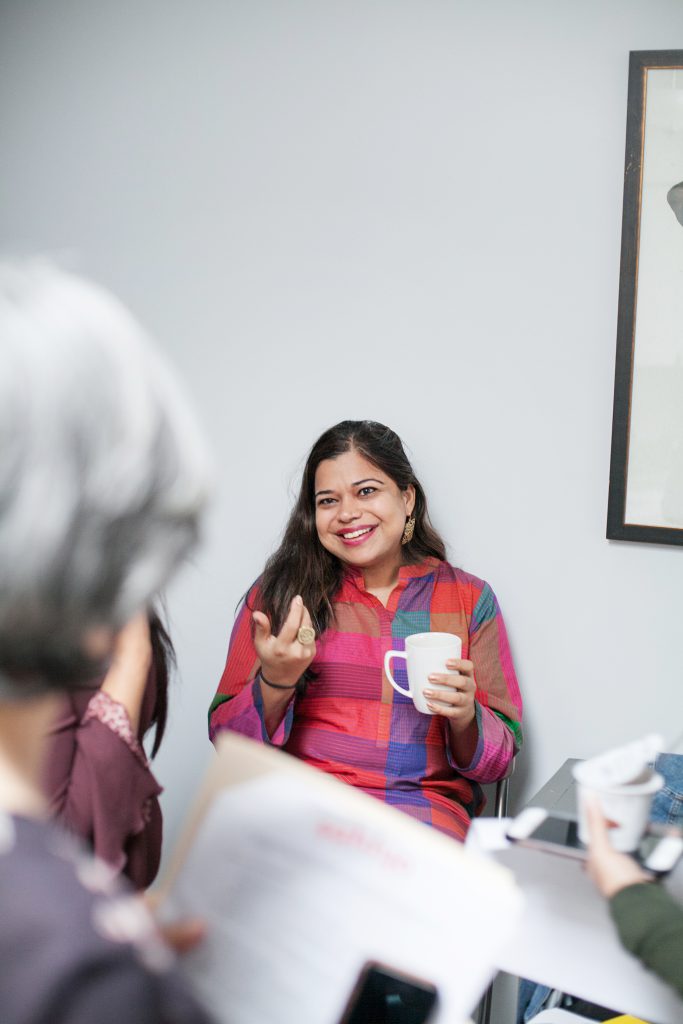
Photograph of Maryum Saifee at Activist Retreat By Maryum Saifee In late March, I participated in Sahiyo’s Second Annual Retreat for survivors and allies in the campaign to end female genital mutilation (FGM). Attendees from the first retreat commented on how the program had more than doubled in size to over 20 this year. As an FGM survivor who reluctantly stumbled into this advocacy work three years ago, it made me reflect on how far we — as in the Bohra community — have come in such a short time. Before 2016, only a handful of survivors had publicly shared their stories and many were anonymous blog posts. The intense community backlash for speaking out has prevented many from being able to share their stories. Even at the retreat, most of the attendees preferred to stay behind the scenes. Through the tireless dedication of the organizers (Mariya Taher, Zehra Patwa, Alisha Bhagat, and others), Sahiyo created a safe space for these survivors and allies to heal, recharge, and strategize on how to harness the power of our collective to make change. Thanks to Sahiyo — which has a foothold in both South Asia and the United States — we are seeing momentum build toward a transnational movement where dozens of survivors are sharing their stories breaking the culture of silence around FGM. For decades, the spotlight on FGM has almost exclusively centered on sub-Saharan Africa. Now, as more survivors from non-African communities speak out, we are seeing this is much more pervasive than we previously thought. In Indonesia for example, UNICEF estimated that nearly 50% of girls and women are cut before 14 years of age. [youtube url=”https://youtu.be/cpcKfrVMZoA”] In addition to providing a space to connect with one another and forge bonds of solidarity, we also had the opportunity to connect with other faith communities working to end gender-based violence. Linda Kay Klein, a feminist who was brought up as an evangelical Christian, discussed her recent book Pure, and the challenges she has faced with speaking up in her community. There were many parallels between her struggles and our own. Both the Bohra and evangelical communities are insular and tend to ostracize those who question authority. During a coffee break, I had the opportunity to chat with Linda on the idea of doing an interfaith storytelling collaboration. Her talk was timely, as a member of the evangelical tradition from Kentucky had just broken her silence as an FGM survivor, reinforcing that FGM transcends race, religion, and geography. As advisory board chair of Sahiyo, I felt privileged to see the organization’s work in action. Far too often, there is a martyrdom culture among activists where they feel the need to carry the weight of the world on their shoulders. Sahiyo’s commitment to annual retreats are critical in sustaining the activists who are the fuel behind the movement to end FGM. It was an honor to participate. I look forward to reconvening next year to continue learning from this amazing network of sister warriors.
Thankful to be connected with so many incredible Bohra women
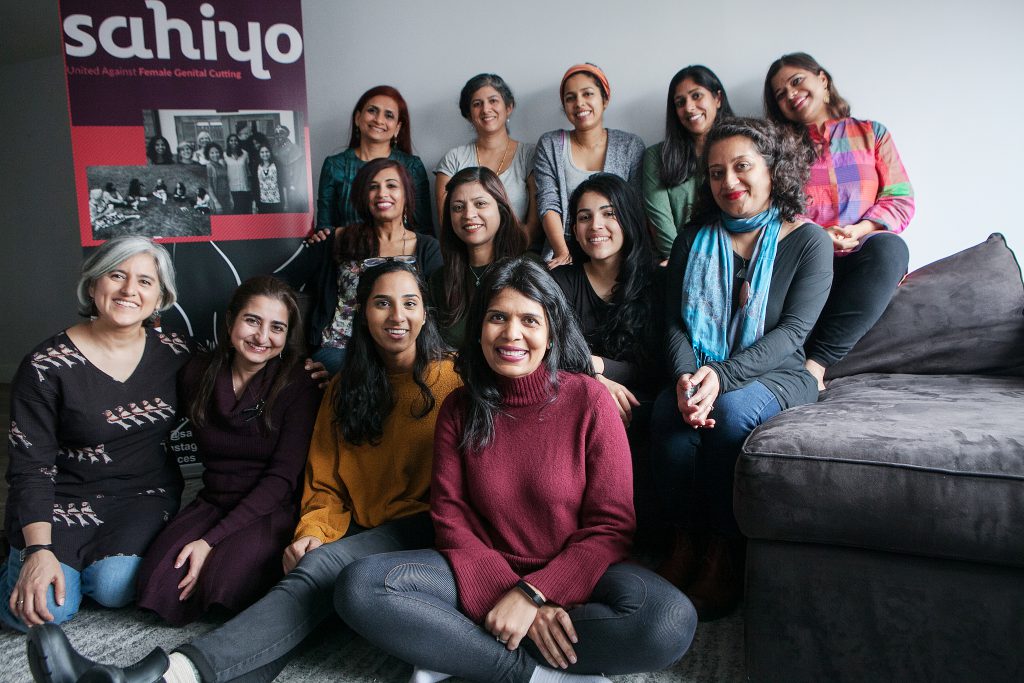
By Zehra Patwa I wasn’t a newbie, I had attended this retreat last year and I recall the immense healing power and strength of spending over two days with ten other Bohra women sharing our deepest feelings about a secret practice that had touched all our lives. When I had the opportunity to help organize the 2nd Annual Sahiyo Activist Retreatnd Annual Sahiyo Activist Retreat, I jumped at the chance! This year the number of attendees had doubled from 11 participants in 2018 to 21 participants in 2019, with many first timers. The retreat seeks to build upon the growing network of Bohra women in the United States who want to end female genital mutilation/cutting (FGM/C). Being in the activism field to end FGM/C for a few years now, I have had time to work through my experience and define how I feel about it. What was interesting to me was hearing women speaking out about this practice for the first time as they worked through their personal experiences. It reminded me so much of how I felt when I first started to talk about this issue, yet these women were so eloquent and inspiring in the way they talked about it. It gave me strength to hear so many women express so many different viewpoints. [youtube url=”https://youtu.be/qjCgyQ0vOME”] Although we all had similar khatna (FGM/C) experiences, we all came from different kinds of families, with differing attachment points to the Bohra community and yet, we related so easily to each other. I felt like I could really be myself in a very honest and open way which is not how I always feel when I attend community events. I am so thankful to be connected with this incredible group of strong Bohra women, and I am grateful to Sahiyo for providing a platform to meet in person. (Editor’s note: Zehra attended last year’s retreat and was on the planning committee for the retreat this year.)
Why I care about khatna: Reflections from the 2019 Sahiyo Activist Retreat
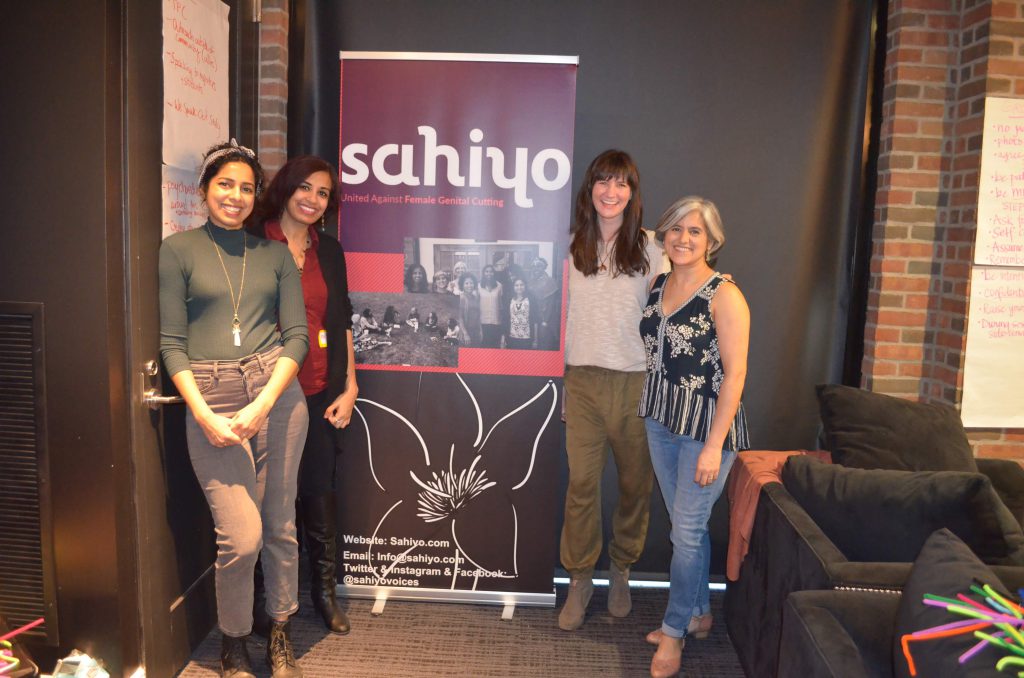
By Alisha Bhagat I first found out about female genital cutting, or khatna, in my community in my twenties; my mother told me it had been done to her. At the time I was shocked. I thought this was something that happened to other people in far off places, not to my mom or Nani or Masi. It was only after talking to other Bohra women that I realized that I was not unusual in knowing a survivor. Every woman in our community is a survivor or knows a survivor. As I began talking to people about khatna, I started to receive some pushback. Even people who admitted the practice was outdated and unnecessary were uncomfortable speaking about it. In the grand scheme of things, I was told, this is so small. It’s such a small pinch of skin. It’s just a moment in a girl’s life. It’s not indicative of who we are and all the good things we have done and built. But I believe the opposite, it is precisely in small moments that we show what we value and who we are. Khatna is more than a cut, it is the manifestation of so many other underlying problems. As activists we focus on khatna for a few reasons. First we believe this practice itself is traumatic, unnecessary, and has long lasting implications for women’s health and sexuality. It is a straightforward violation of bodily autonomy. Second, the culture surrounding it speaks to the way in which we are shamed, silenced, diminished, threatened, and put in our places. Earlier this year I attended the Sahiyo Activist Retreat. This retreat help me see how khatna is part of a large system. Just as there are many factors that perpetuate this practice (culture of shame, silence, and devaluation of female sexual experience) there are also many ways in which we have leverage to act. The retreat highlighted different areas in which we can act to both support survivors and end this practice through the legal system, the medical establishment, in our places of worship, our homes, and our families. At the foundation of all of this is storytelling. Without survivors and allies sharing their stories, the topic remains shrouded in silence. My hope is that the retreat will help grow our community of activists. And that there will be other safe spaces for people to talk, share stories, and connect. Most importantly, for us to create new models of being in the world, creating new spaces and communities.
Sahiyo USA’s Second Annual Activist Retreat: A recap
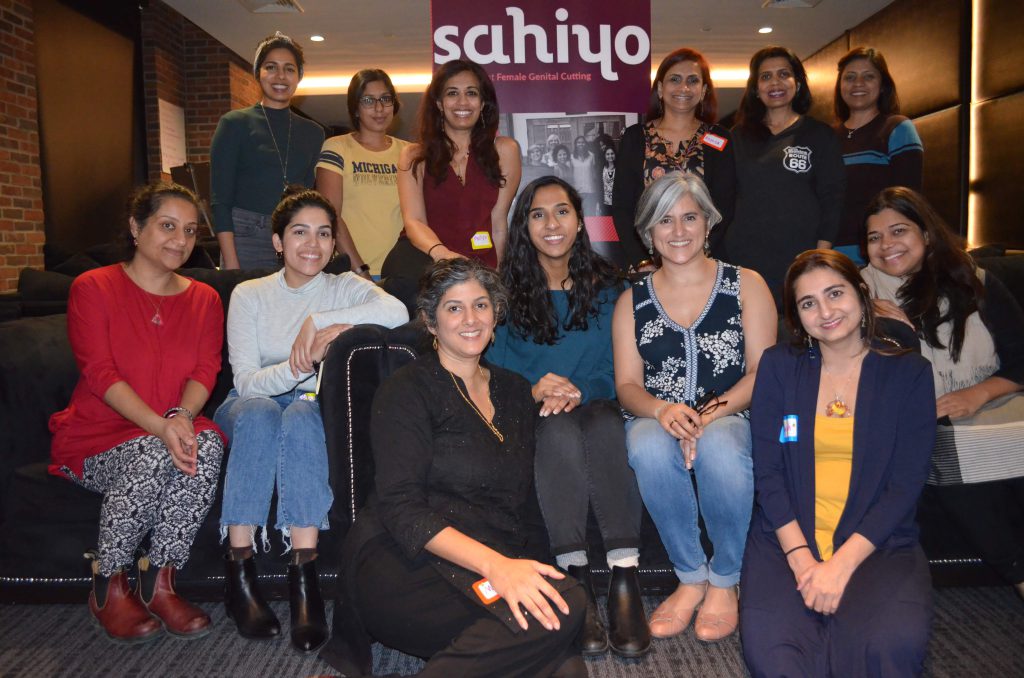
To learn more about the activists retreat, read the summary report. In March 2019, Sahiyo U.S. hosted our second annual activist retreat for women connected to the Bohra community who are concerned about the issue of FGC within the community. Sahiyo understands it takes many to bring about social change, and as a result, we work with individuals, organizations, and coalitions in a collaborative fashion. As advocates and activists, we are better together and can find the best solutions if we collaborate and work as one. The Sahiyo Activist retreat helps to build a network of U.S. based Bohra activists by 1) strengthening relationships with one another, 2) sharing best practices and providing tools for activists to utilize in their anti-FGC advocacy work moving forward. The retreat was also an opportunity for advocates/activists to discuss both the challenges and opportunities they face in advocating against FGC. This year, Sahiyo also initiated our peer support program, Saathi, a program attended to build a support system for activists. As per Sahiyo’s 2017 Activists Needs Assessment, findings suggest that having a support system in place was crucial towards building a critical mass of voices seeking to create change. Both the Activist Retreat and Saathi program seek to do so. To read reflections from participants who attended the retreat, click here.
I have a story to tell – I was NOT cut: Reflecting after the Sahiyo U.S. Activist Retreat
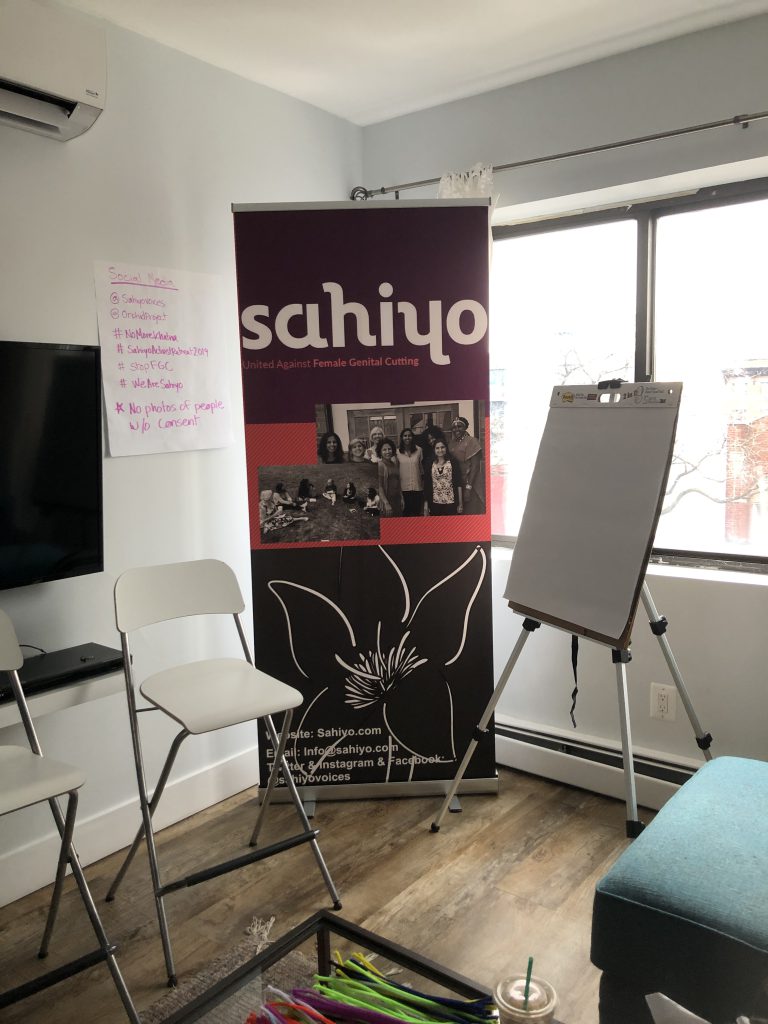
By Anonymous Country: United States Age: 50 I may not be able to share the same emotional or physical experiences of some of the other Sahiyo participants who attended the Sahiyo U.S. Activist Retreat in March 2019 and who have undergone khatna, but I have a story to tell. My mother, myself, nor my daughter have undergone khatna, and that is not the end of the story, but the beginning of this restlessness in me to do something for others in my community who have undergone it. Khatna conversation made landfall on my household when my daughter was 7-years- old. There was pressure from my mother-in-law to have my daughter cut. Her argument was that she would never suggest something that was bad for her granddaughter. There was no Sahiyo platform to educate my family members then so one could imagine my struggle twelve years ago. Seeing my mother-in-law so upset, my sisters-in-law got involved and they insisted that I should just lie to my mother-in-law to end the matter. I had been told to shut my mouth in my monthly Bohra menij groups, also. “Don’t do it, but speak about it otherwise.” Let’s fast forward to after the Sahiyo retreat that I attended in March. A few days later, I met a friend at a gathering who had brought her 9-yr-old daughter along. I was very curious and worried if she had gotten her daughter’s khatna done, so I asked the question. She replied that she hadn’t and that she was, in a strange way, thankful that the conversation about the Detroit incident happened at the same time as when it was time for her daughter’s khatna. She saw all that was happening with the case and thought against the act. She wanted to know if I knew more about the case and I was thankful I attended the Sahiyo retreat, as I was able to give her more details about the case and was comfortable and confident to hold a dialogue on khatna. My thought is that the Detroit case is very important. Even if the outcome may or may not be to our liking, it did cause a big stir in our Bohra community and at least one more girl was spared the blade.
My experience of healing by attending the 2019 Sahiyo Activist Retreat in the U.S.
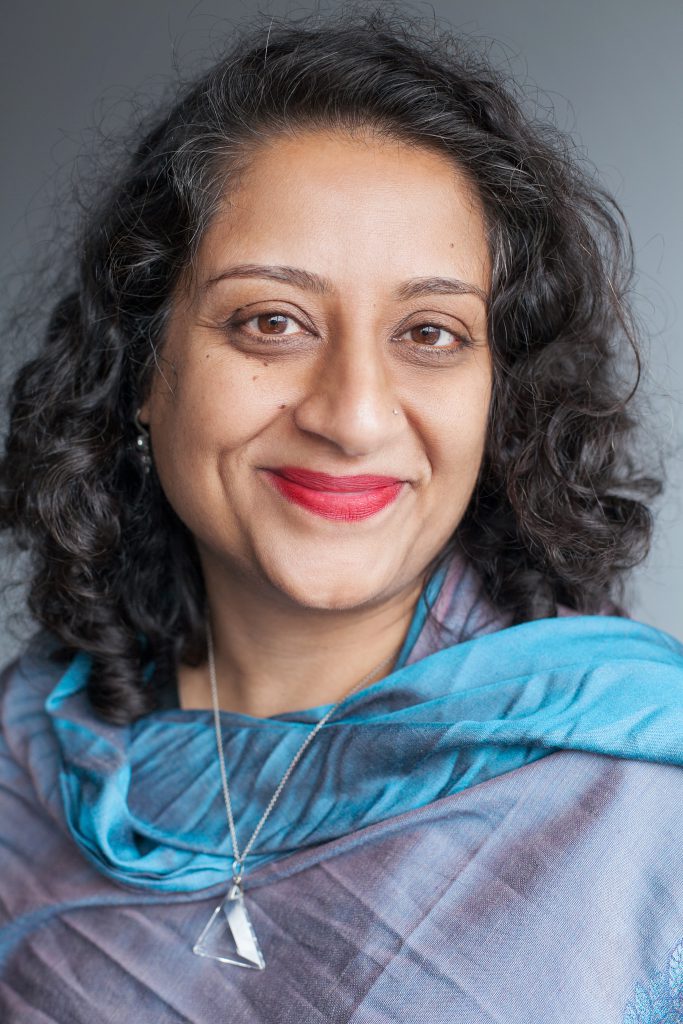
By Farzana Doctor Country of Residence: Canada Age: 48 When the first emails circulated about last month’s Sahiyo retreat in New York City, I wasn’t sure why I wanted to register, only that I knew I had to. I felt anxious the week leading up to the event and couldn’t pinpoint the reason why. During the opening exercise, when we listed our hopes for the weekend, a voice in my head said, quite definitively, “healing.” This surprised me because I’ve been thinking and writing about khatna since 2016, when I joined WeSpeakOut and began my healing journey. Over the previous years I’ve seen a therapist, talked to friends and family, and even finished writing a novel on the subject. What more healing was there to do? But I put up my hand, and the notetaker recorded “healing” on the flipchart page. I felt vulnerable in my honesty, but I told myself to remain open to whatever could come from the gathering. Anxiety thrummed through my body. On the second day, I listened to the woman across from me share her khatna memory, and a deep sorrow rose up in me as I recognized elements of shared experience. A painful penny dropped. I didn’t participate much in that session, just quietly wiped my tears and journalled my realizations. Later, in a pair-share exercise with the woman sitting next to me, I found myself relating to an aspect of her story, even though it was quite different from my own. It was like she was indirectly speaking to my fears and they quieted somewhat. On the third day, I sat with my Saathi (my partner in the peer support program that Sahiyo is piloting) and I talked to her about ways I might shift my activism from “behind the scenes” to being more public. I was still anxious, but sharing with her also made me feel brave. After the retreat I spent a few hours hanging out with another participant. She commented that I’d seemed grounded the whole weekend and I told her that I was good at wearing a calm mask. In fact, I had dissociated a little during some of the sessions, missing bits of the conversation and activity instructions. While I’ve long known that this is one of my coping strategies, saying it aloud to her, to another Bohri woman, was powerful in a way I couldn’t name right then. But, after a week of reflection, I can name it now: the Sahiyo facilitators created an intentional space of respect and safety, and then twenty-one feminist Bohri women stepped into it. I’ve never experienced anything like that before. This was what was so incredibly powerful for me. And so healing.
My experience at the Sahiyo U.S. Activist Retreat made me reflect on my khatna
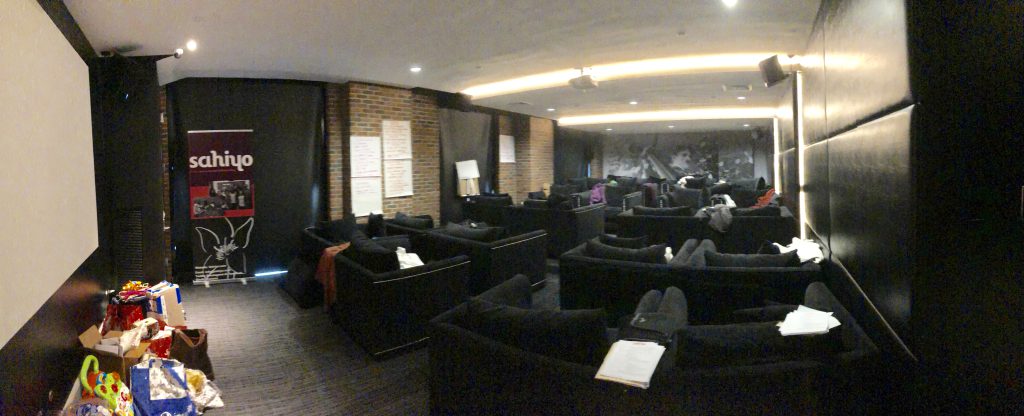
By Anonymous Country of Residence: United States Age: 45 years old I often wondered what the two women closest to me thought about khatna. I wondered because I never really talked with my sister or my mom about it. Well, we talked, but not with much purpose. I thought they were against it, just like me. I told them that I was going to a Sahiyo Activist Retreat where I would meet other Bohri women who are against khatna, otherwise known as female genital cutting. They said okay. At the retreat, I realized that before I advocate publicly, I needed to process my own situation privately. I had khatna performed on me when I was young. I have not talked much about it. My story is much like most. I was probably under 10 years old at the time. Seems like most remember it being done when they were seven. Perhaps that was also the age when it was done to me. I was playing outside with a friend. I’m not sure what we were playing, but it seemed like a normal day and I was doing something perfectly normal. An aunt called out and said we were going somewhere. Was I to go get ice cream? I remember not wanting to leave my playmate and crying. I was taken to a relative’s home not too far from where we lived. It’s been decades, but the memory is vivid. We walked up the stairs. There were two women at the house. One held my hand. The other pulled down my panties. I remember crying. It drowned out what was happening to me. A sharp pain. Blood. Blade. That’s what I remember. I don’t remember how I got home. For the next few days, I remember the pain. I could not walk properly. I was sore. I walked with my legs apart, afraid of scraping the area that hurt. Time moved on. And I suppressed my memory of what happened. Years later, we heard of an African woman talking about FGM in the news. We all were outraged. A cousin told me that what happened to us when we were young was FGM. What? I was surprised. And somewhat glad. Because I was able to finally understand what happened when I was younger. Khatna was FGM. It was like solving a mystery of my life. Life went on. I became sexually active and curious. Sex hurt and orgasm was hard. I asked my doctors about it. Most of them did not know. I asked my gynecologist to check me out. They said they saw a nick, but nothing much. Nothing much. I often wonder if it is in my head if the pain I feel is because of something else. The pain is sharp. And, when certain parts are touched, it is unforgiving. There is so much silence around khatna that there is not a good understanding of the harm to women. I do not know if I am the only one, or if there are others who feel this way. Are there others like me who are suffering from khatna decades later? Are there others like me who can’t have healthy sexual relationships with their husbands? Are there others like me suffering in silence? After coming back from the retreat, I talked to my mom about my experience with khatna. She was surprised to know that it had impacted me long-term. I was surprised to learn that she was not impacted by it at all. I also talked to my sister. She said that she blindly follows the Bohri teachings and is neutral on the issue. And, like my mom, it has not impacted her long- term. I thought my sister would automatically be against it. But I was wrong. Next day, I recapped the story to my husband, who does not share my religion. While he was sympathetic, his anger turned into islamophobic rhetoric and a focus on my “crazy” culture. There are so many “crazy” cultures, and perhaps mine is another use case for patriarchy. I don’t hate my culture, the people who performed khatna on me, or the people who defend the practice. I want the judgment to stop. I want the fear to stop. I want to create a safe place for conversation and understanding. I know there is work to do to change attitudes about khatna. I learned that the work is much closer to home than I thought.
